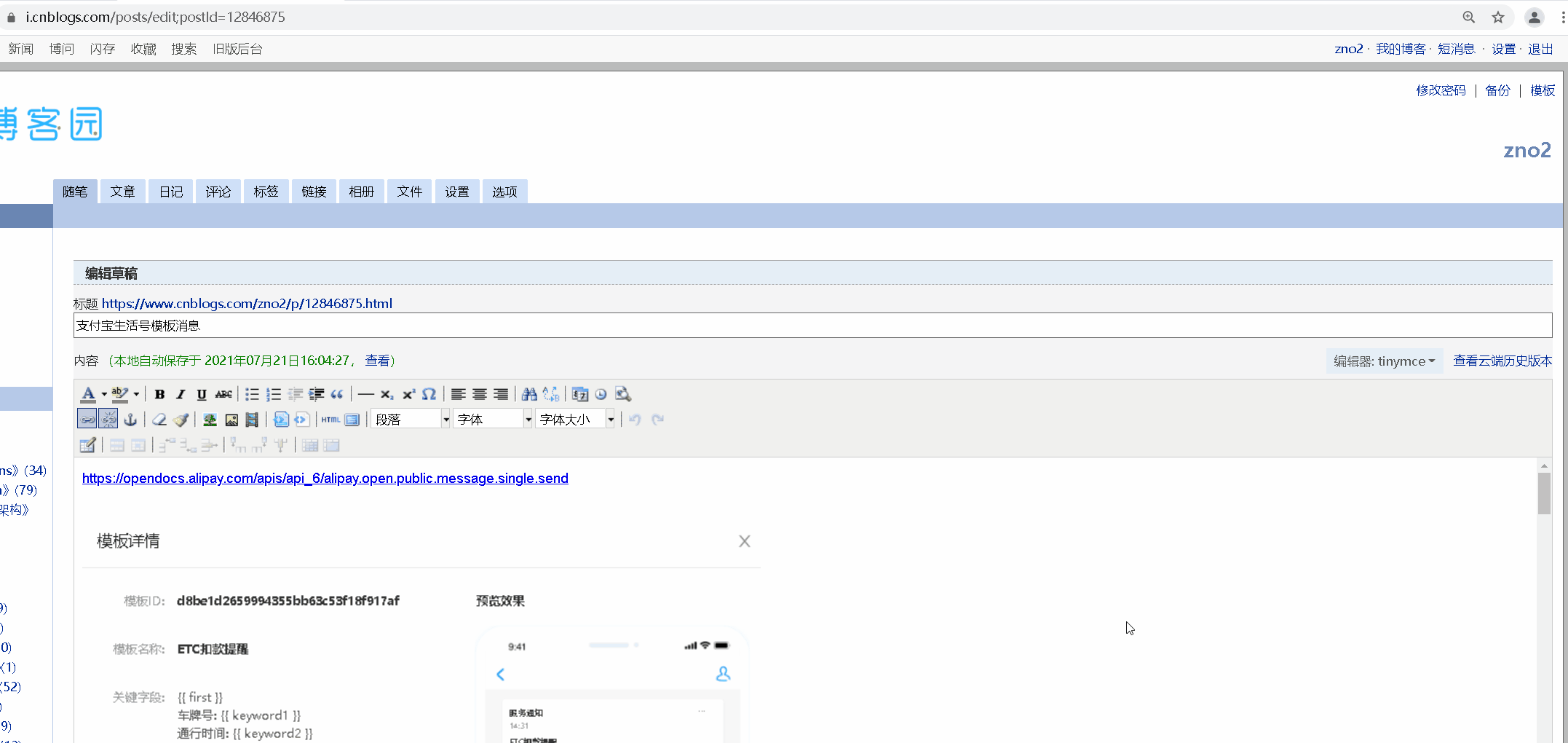统一认证服务参考资料:
https://en.wikipedia.org/wiki/Central_Authentication_Service
https://www.apereo.org/projects/cas
https://github.com/apereo/java-cas-client
单点登录流程图(附带工具)
http://plantuml.sourceforge.net/
https://plantuml.com/zh/download
https://plantuml.com/
下载之后是一个plantuml.jar包,和文本文件放在同一个目录,双击运行就可以生成图片(如果包含中文编码格式不能是UTF-8,会乱码,可以是GB2312)

@startuml
'skin BlueModern
title: CAS Browser Single-Signon Sequence Diagram
actor user as U
participant "Browser" as B
participant "CAS Server" as C
participant "Protected App" as P
participant "Protected App #2" as P2
== First Access ==
U -> B :Goto "app"
Activate B
B -> P : GET https://app.example.com/
activate P
B <-- P : 302 Location: https://cas.example.com/cas/login?\nservice=<i>https%3A%2F%2Fapp.example.com%2F</i>
note right
Access is unauthenticated so
forward to CAS for authentication.
"service" query parameter
https://app.example.com/
is URL encoded
end note
deactivate P
B -> C: GET https://cas.example.com/cas/login?\nservice=<i>https%3A%2F%2Fapp.example.com%2F</i>
activate B
activate C
B <-- C: CAS Login Form
note right
User does not have an SSO Session so
present login form
end note
deactivate C
U <- B: Display CAS\nLogin Form
activate U
U --> B: Submit CAS\nLogin Form
deactivate U
B -> C: POST https://cas.example.com/cas/login?\nservice=<i>https%3A%2F%2Fapp.example.com%2F</i>
note right
username, password, and login ticket
are POSTed in the body
end note
activate C
C -> C: Authenticate user
B <-- C: Set-Cookie: CASTGC=TGT-2345678\n302 Location: https://app.example.com/?\nticket=ST-12345678
note right
User is authenticated so create Single-signon (SSO) session
CASTGC cookie contains the Ticket Granting Ticket (TGT)
The TGT is the session key for the users SSO session
end note
deactivate C
deactivate B
B -> P: GET https://app.example.com/?ticket=ST-12345678
activate P
P -> C: GET https://cas.example.com/serviceValidate?\nservice=<i>https%3A%2F%2Fapp.example.com%2F&\nticket=ST-12345678</i>
note right
Protected app validates Service
Ticket (ST) at CAS server over https
end note
activate C
P <-- C: 200 [XML Content]
note left
CAS returns an XML document which includes
an indication of success, the authenticated
subject, and optionally attributes
end note
deactivate C
B <-- P: Set-Cookie: JSESSIONID=ABC1234567\n302 Location: https://app.example.com/
note right
Set the session cookie and forward
the browser back to the application with
the service ticket stripped off
This optional step prevents the browser
address bar from displaying the ST
end note
deactivate P
B -> P: Cookie: JSESSIONID=ABC1234567 GET https://app.example.com/
activate P
P -> P: Validate session cookie
B <-- P: 200 [Content of https://app.example.com/]
deactivate P
U <-- B: Display "app"
deactivate B
...
== Second Access To Same Application ==
U-> B: Request resource
activate B
B -> P : Cookie: JSESSIONID=ABC1234567\nGET https://app.example.com/resource
note right
Session Cookie is sent
along with the request
end note
activate P
P -> P: Validate session cookie
B <-- P : "200 [Resource Content]"
deactivate P
U <-- B : Display resource
deactivate B
...
== First Access To Second Application ==
U -> B :Goto "app2"
Activate B
B -> P2 : GET https://app2.example.com/
activate P2
B <-- P2 : 302 Location: https://cas.example.com/cas/login?\nservice=<i>https%3A%2F%2Fapp2.example.com%2F</i>
deactivate P2
B -> C: Cookie: CASTGC=TGT-2345678\nGET https://cas.example.com/cas/login?\nservice=<i>https%3A%2F%2Fapp2.example.com%2F</i>
activate B
activate C
C -> C: Validate TGT
B <-- C: Location: https://app2.example.com/?\nticket=ST-345678
note right
CAS validates the TGT so no login is required
end note
deactivate C
deactivate B
B -> P2: GET https://app2.example.com/?ticket=ST-12345678
activate P2
P2 -> C: GET https://cas.example.com/serviceValidate?\nservice=<i>https%3A%2F%2Fapp2.example.com%2F&\nticket=ST-12345678</i>
activate C
P2 <-- C: 200 [XML Content]
deactivate C
B <-- P2: Set-Cookie: MOD_AUTH_CAS_S=XYZ1234567\n302 Location: https://app2.example.com/
deactivate P2
B -> P2: Cookie: MOD_AUTH_CAS_S=XYZ1234567 GET https://app2.example.com/
activate P2
P2->P2: Validate session cookie
B <-- P2: 200 [Content of https://app2.example.com/]
deactivate P2
U <-- B: Display "app2"
deactivate B
@enduml

RESTful 模式下的思考

示例演示1:

示例演示2:

